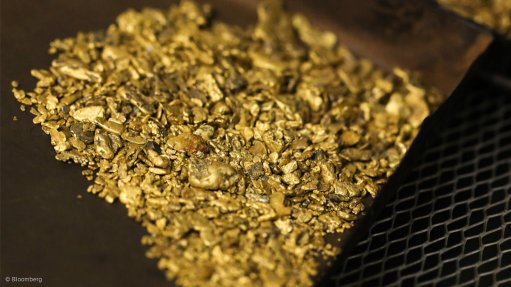
Name: Beta Hunt mine.
Location: The Beta Hunt mine is located 600 km from Perth, in Kambalda, Western Australia.
Controlling Company: Salt Lake Mining (SLM), a private company whose main asset is a 100% interest in the Beta Hunt mine, is wholly owned by RNC Minerals.
The mining tenements on which the Beta Hunt mine is located are held by Gold Fields. SLM operates the mine through a sublease agreement with Gold Fields.
Brief Description: The Beta Hunt mine is a low-cost gold and nickel mine.
Brief History: The Kambalda mining district, in Western Australia, has a long mining history, with excellent existing infrastructure, a skilled local workforce, and nickel and gold processing mills nearby. Beta Hunt, discovered in 1966, was originally a core Western Mining Co asset, producing 153 500 t of nickel metal until 1998. It was sold to Gold Fields in 2001. In 2003, Reliance Mining acquired nickel rights for A$11.7-million and developed an operation, which was acquired by Consolidated Minerals for A$76.5-million in 2005. Consolidated Minerals placed the mine on care and maintenance at the end of 2008.
The Beta Hunt mine was acquired by SLM in 2013 for A$10-million after securing gold mining rights from Gold Fields. The mine began producing nickel in 2014 and began gold production in November 2015.
The Beta Hunt mine started commercial production in July 2017.
Products: Gold.
Geology/Mineralisation: The Beta Hunt mine is situated in the centre of the Norseman-Wiluna greenstone belt in a sequence of mafic/ultramafic and felsic rocks on the south-west flank of the Kambalda dome. Nickel mineralisation is hosted mainly by talc-carbonate and serpentine altered ultramafic rocks and is typically pyrrhotite/pentlandite/pyrite/chalcopyrite. Gold mineralisation occurs mainly in the Lunnon Basalt, which is the footwall to the nickel-bearing ultramafics, and is characterised by intense albite, carbonate and chlorite alteration, with a halo of biotite/pyrite alteration.
Resources: Total measured and indicated resources of nickel as at February 1, 2016, were estimated at 379 000 t grading 4.42% nickel. Total inferred resources were 216 000 t grading 3.4% nickel.
Total measured and indicated resources of gold as at February 1, 2016, were 815 000 t grading 3.5 g/t gold. Inferred resources were estimated at 2.91-million tonnes grading 3.4 g/t gold.
Mining Method: SLM initially employed a contractor that used the same mechanised methods as previous owners to mine the nickel resource. However, this resulted in low productivity and significant dilution of the high-grade, narrow vein and relatively flat-lying deposit. At the start of 2015, SLM transitioned to owner-operations using conventional methods and has since experienced considerably improved results.
Major Infrastructure and Equipment: All processing is conducted under tolling contracts with local processing plants.
Nickel mineralisation is trucked 3 km to BHP’s concentrator in Kambalda. Concentrate is treated at BHP’s Kalgoorlie smelter.
Gold mineralisation is trucked to FMR Investments’ mill for processing.
Prospects: The Beta mine has massive exploration potential, with known gold showings over 4 km along strike.
Contact: Director investor relations, Rob Buchanan.
Contact Details:
RNC Minerals
Tel +1 416 363 0649
Email rbuchanan@rncminerals.com
Website http://www.rncminerals.com